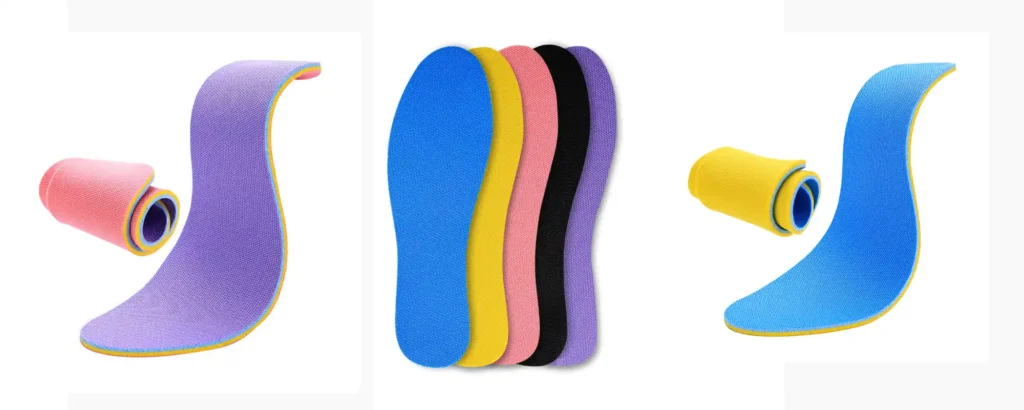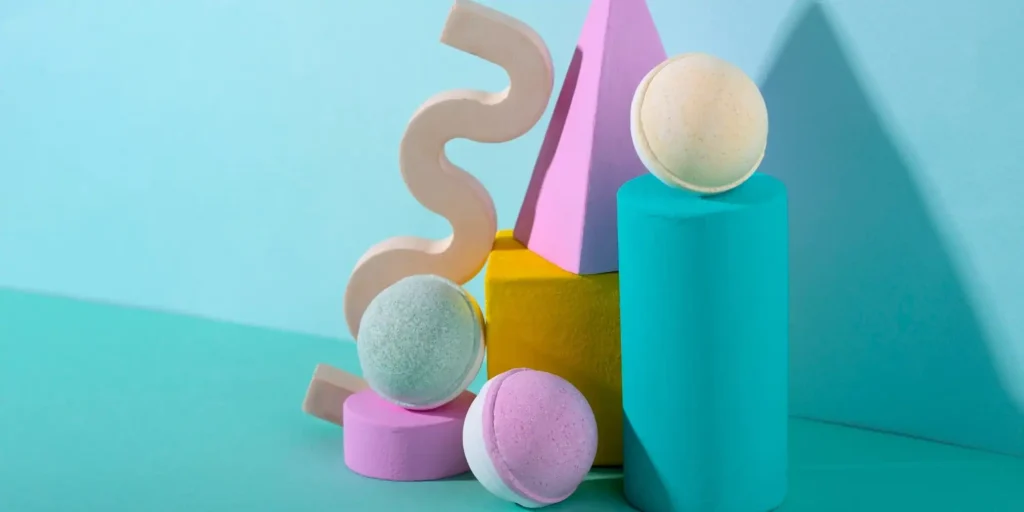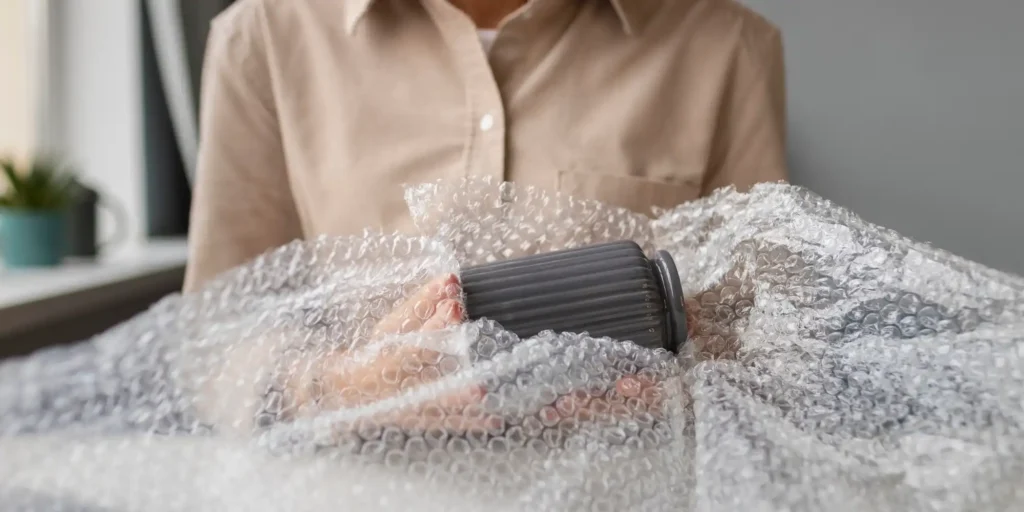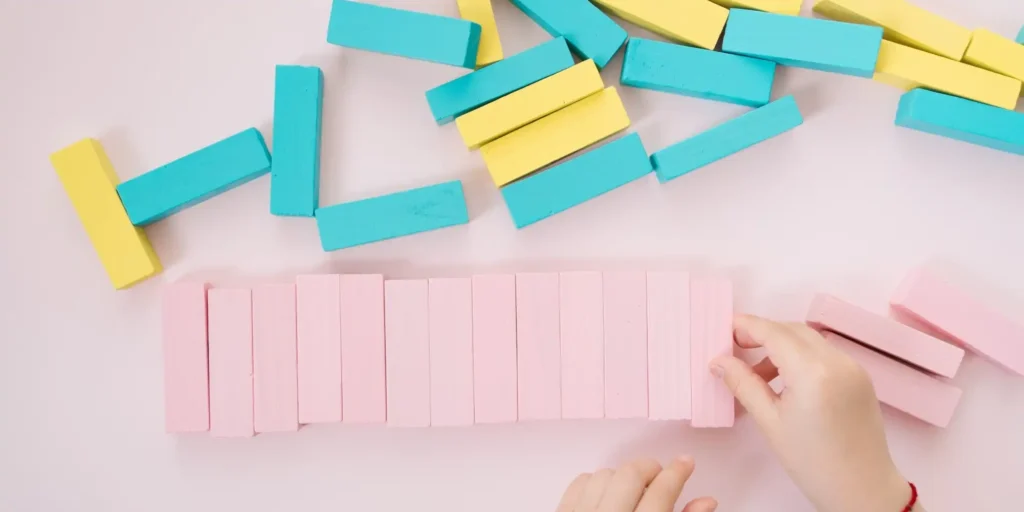EVA (Ethylene-Vinyl Acetate) foam has become the backbone of modern footwear manufacturing, offering unique advantages that align perfectly with both production needs and consumer demands. Let’s explore why EVA foam is so widely adopted and its key applications in shoes.
1. Shock-Absorbing Midsoles
EVA foam’s signature application lies in midsole construction. Its closed-cell structure provides:
- Energy return with every step
- Consistent cushioning over time
- Lightweight support (30% lighter than traditional rubbers)
Leading athletic brands use compression-molded EVA for running shoes where impact protection matters most.
2. Flexible Orthotic Insoles
Medical-grade EVA foam dominates therapeutic footwear due to:
- Custom moldability at low temperatures
- Pressure distribution properties
- Breathability for long-term wear
Podiatrists often layer different EVA densities in custom orthotics for progressive support.
3. Water-Resistant Sandal Bases
The closed-cell nature of EVA makes it ideal for:
- Beach footwear that withstands saltwater
- Shower shoes resistant to mold
- Garden clogs that repel mud and chemicals
Unlike open-cell foams, EVA doesn’t absorb liquids – a key reason it’s used in Crocs™-style footwear.
4. Lightweight Outsole Components
While not used for full outsoles, EVA enhances traction through:
- Patterned foam pods in hiking boot lugs
- Non-slip padding on work shoe heels
- Hybrid rubber-EVA composites
This application reduces shoe weight by up to 25% compared to pure rubber designs.
5. Impact-Resistant Toe Caps
In safety footwear, EVA-mixed composites create:
- Lighter protective toe boxes
- Better energy dispersion than hard plastics
- Improved thermal insulation
Meets ASTM safety standards while enhancing comfort over steel toes.
Why Footwear Manufacturers Choose EVA Foam?
| Property | Benefit |
|---|---|
| Density Range (50-550 kg/m³) | Customizable support levels |
| 0% Water Absorption | Maintains structure in wet conditions |
| PH Neutral | Safe for prolonged skin contact |
| Thermoformable | Complex shapes with low energy costs |
FAQ
Q: How does EVA compare to PU foam in shoes?
A: EVA offers better water resistance and longevity, while PU provides superior initial cushioning. Most premium brands use both – EVA for structure, PU for comfort layers.
Q: Can EVA components be recycled?
A: Yes, clean EVA foam scrap can be ground and reprocessed. Many factories now offer take-back programs.
Q: What’s the typical lead time for custom EVA soles?
A: Standard molds take 2-3 weeks. Volume production usually starts within 30 days after approval.
Q: Does EVA yellow over time?
A: High-grade EVA with UV stabilizers remains colorfast for 5+ years. Lower quality foam may yellow slightly under direct sunlight.
WELLE Trade has over 20 years of experience in the production and processing of PE/EVA/TPE foams, so you may want to consult with them if you have any sourcing needs.




